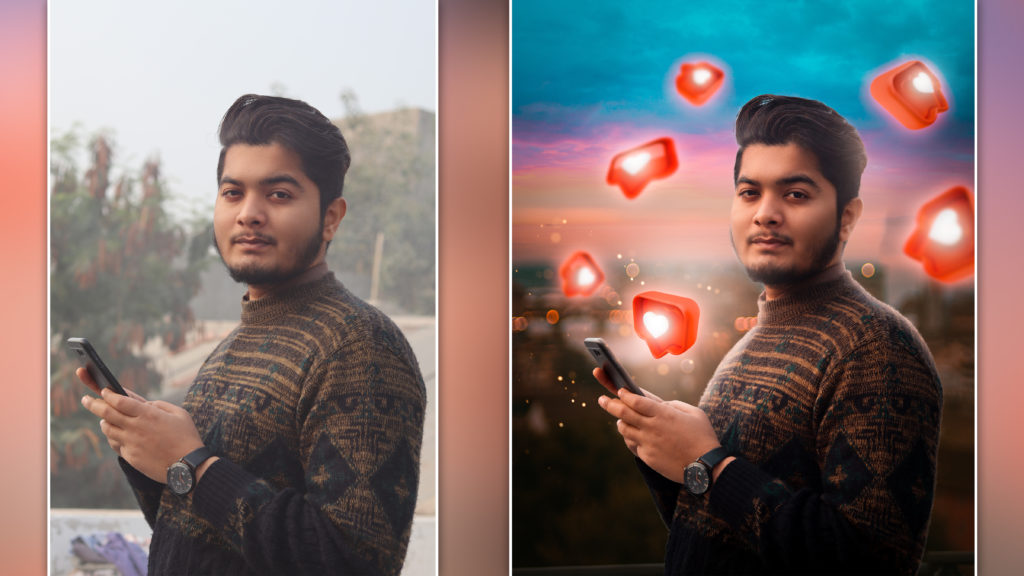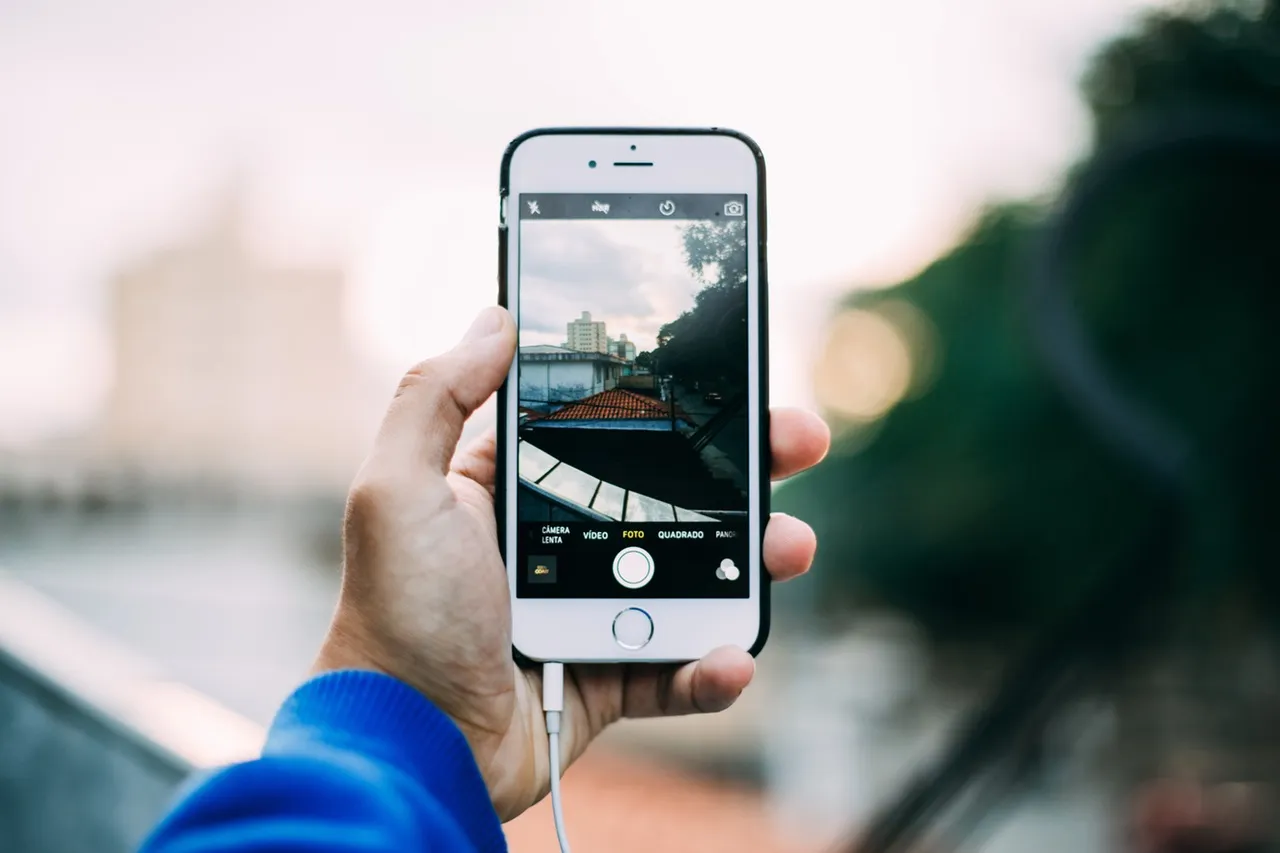You’ve probably heard the saying, “A picture is worth a thousand words,” right? Well, in social media, that statement holds – literally.
You must step up your game in visual content to capture a relevant and sizable audience and keep them engaged.
That’s why Instagram’s portion of Facebook’s total ad revenue is expected to increase by 30% by the year’s end. Additionally, tweets containing images can receive up to 150% more retweets compared to text-only content.
Images play a significant role, especially in the hospitality industry, where captivating and inspiring visuals are abundant.
Fortunately, you don’t need to hire a professional photographer (unless you have the budget for it). Instead, you can follow our tips for social media and become a master of photography yourself.
Photography Tips For Marketing Success
1 Prepare Good Lighting
When it comes to photography, capturing light literally and technically plays a significant role. Light wavelengths enter the lens and paint the sensor, which the camera interprets as an image. Abundant light is necessary to create stunning photos.
However, the flash on smartphones often results in harsh and unflattering lighting, so it’s best to avoid using it whenever possible.
Instead, opt for natural light or utilize other indoor lighting options such as candles or even the flashlight on your smartphone online demand.
Avoid shooting directly into a bright light source, as this can negatively impact the realism of your subject.
Having multiple and consistent sources of light can achieve a more realistic look. The accompanying photos demonstrate the contrast between using a flash (left) and natural light from a window (right).
2 Create a Photo Composition
Knowing the basics of composing images doesn’t require being a master photographer. One of the fundamental guides for composition is the Rule of Thirds.
This rule divides your image into a grid, both horizontally and vertically. It serves as a guide for placing your subject in the photo.
When you open the camera app on your iPhone, the grid is already overlaid on your screen. Utilize it by positioning your subject in the right or left third instead of the center, which creates a visually appealing image. Additionally, try going horizontal!
Most images in your camera roll are vertical because you hold your smartphone naturally. However, many images work better as horizontal photos and are more suitable for web pages. So, why not try both orientations?
3 Prepare Enough Space on Your Smartphone
To ensure the perfect photo shoot of your product, you should free up 5-20 GB of space in advance. The easiest way to do this is to install a cleaner app. CleanUp cleaner has the advantage of quickly finding and removing duplicates.
Naturally, the photo cleanup app offers manual sorting and prepares a list from which you can not delete everything. You should use a phone cleaner before and after your photo shoot to free up precious space in seconds.
4 Clean Your Lens
Lint, dust, and fingerprints on the lens can noticeably impact the quality of captured images, making them appear softened, washed out, or blurry. Additionally, dirt can create hazy streaks surrounding overhead lights in photos.
Ensure regular lens cleaning using a soft cloth or, if necessary, smartphone photography or your shirt. Furthermore, consider occasionally using a suitable screen or lens cleaner. When your lens is clean, you’ll be amazed by your photos’ enhanced brightness and sharpness.
5 Master Camera Settings
One must understand these three principles to achieve the desired result in photography. They are relatively simple to grasp:
- The aperture determines the opening size through which light enters your camera. A larger aperture (expressed as a low number like ‘f2.8’) allows more light, enhancing low-light performance and creating background blur. Conversely, a smaller aperture (expressed as a high number like ‘f11’) restricts light but increases the depth of field, keeping more elements in focus throughout the image.
- ISO is a setting that alters the camera’s light sensitivity. Smartphone Photography Higher ISO values (e.g., 1600) enable low-light photography but may result in some loss of image quality. Lower ISO values (e.g., 100) produce sharper images, relying on good lighting conditions or a wider aperture.
- Shutter speed determines how quickly the camera captures a photo. Fast shutter speeds freeze motion, capturing a split second with no blur. Slower shutter speeds introduce blur, allowing for creative capture of movement.
6 Adjust Focus

Your camera includes an autofocus feature, but it’s crucial not to rely solely on it, regardless of how impressive the manufacturer claims it to be. Cameras tend to focus on what they believe should be the focal point. For smartphone Photography, it’s always better to manually select the focus point yourself.
With most cameras and smartphones, you can tap the image preview to choose the desired focus. If it’s a person, tap one of their eyes. If it’s an object, tap the element you want to highlight. Verify the sharpness of your images by zooming in on the region you selected for focus. If it appears blurry, try again.
7 Editing Your Photos for Social Media
Editing the image is the final step, and it is essential not to overdo it. Applying too many filters at once will make your edits look tacky and obvious to viewers.
Instead, use your preferred editing app to aim for a natural-looking image while making subtle adjustments to enhance its brightness and cleanliness.
Remember to lighten the shadows, darken the highlights, and increase the contrast for a more visually appealing result.
Fortunately, there are many free and user-friendly apps available. Smartphone Photography apps like Adobe Lightroom Mobile, Snapseed, or even the Instagram built-in editor can effectively fulfill your basic editing requirements.
Conclusion
Good photos on Instagram and other social networks emphasizing graphic content are the key to successful marketing. Yes, you can still hire a professional photographer, but you already have everything. Your iPhone and a little practice can also yield good results. The tips listed are a great place to start.

